More of the Cheapside Hoard jewels
A dress button, 1500 AD - 1625 AD. Credit: Museum of London.
An openwork mount in the form of a five-petaled double rose with annular stamens picked out in white enamel. The petals retain traces of degraded translucent amber enamel and the calyx points are picked out in translucent green. The outer petals are bisected by radial ribs with white enamel dots and dark blue tips. The centre is pierced for a pearl (now missing). Part of the Cheapside Hoard.
Gold pendant set with sapphires surrounded by small opals, 1501 AD - 1625 AD. Credit: Museum of London.
An earring or pendant of enamelled gold set with three pale-blue foiled sapphires. Part of the Cheapside Hoard
A shepherd's crook pin, 1500 AD - 1701 AD. Credit: Museum of London.
A gold, enamel and gem-set pin in the form of a Shepherd’s crook. The bejewelled head is alternately set with nine table-cut rubies and eight table-cut diamonds and is enamelled on the reverse in white with painted black enamel pellets. There is a white enamelled ferrule at the junction of the head and shank and there is a suspension loop on the back and another at the tip of the crook. The shank of eliptical section, tapers to a point.gold hat pin or bodkin in the form of a shepherd's crook, set with table-cut rubies and diamonds and enamelled on the reverse in white and black champleve enamel. There are hooks at the end of the shaft and at the back of the crook for attachment. Part of the Cheapside Hoard.
Jewelled scented bottle of white enamel and gold, 1501 AD - 1625 AD. Credit: Museum of London.
Gold scent bottle enamelled white and set with opaline chalcedony plaques, rubies, spinels and diamonds, with a gold suspension chain. Part of the Cheapside Hoard. This richly decorated bottle was designed to contain perfume made from flower distillations and spices which were widely used to disguise unpleasant odours. One of Shakespeare's sonnets refers to a bottle of this type and filled with 'sumer's distillation left/A liquid prisioner pent in walls of glass/Beauty's effect with beauty were bereft.'
Gold pendant cross set with diamond and emeralds, 1501 AD - 1625 AD. Credit: Museum of London.
Pendant cross, gold, set with foiled and trap-cut spinels bordered by table-cut diamonds and cabochon emeralds; the back is enamelled in white decorated with black with an applied flower with two convex and two concave petals at the junction of the cross. Part of the Cheapside Hoard.
Pendant carved in the form of a seated squirrel, 1501 AD - 1625 AD. Credit: Museum of London.
Pendant carved in the form of a seated squirrel eating with its forepaws. The squirrel has its tail curled round above its head; there is a hole in the tip of the tail for suspension. The body and tail are engraved to simulate fur. Part of the Cheapside Hoard.
Pre-historic fossilized tooth or toadstone. Credit: Museum of London.
Pre-historic fossilized tooth or toadstone found in Upper Jurassic sediments. A polished hemispherical crushing tooth of Lepidotus Maximus, a fossil fish. In the 16th and 17th century this natural dentition was known as a 'toadstone' presumably because of its warty, mottled brown/grey and domed appearance, and they were worn to protect newborn infants and as an antidote against poison. Lepidotus maximus is found in Oxfordshire within Upper Jurassic sediments approximately 150 million years old. Part of the Cheapside Hoard.
Fragments of turquoise matrix with fancy-cut gems, 1501 AD - 1625 AD. Credit: Museum of London.
Fragments of turquoise matrix with fancy-cut gems. A large quantity of turquoise matrix and some waste. Part of the Cheapside Hoard.
Cameo decorated with a bearded man facing left, 1501 AD - 1625 AD. Credit: Museum of London.
Cameo decorated with a bearded man facing left. This piece is made of sardonyx. Part of the Cheapside Hoard.
Gold hat ornament with amethists, 1501 AD - 1625 AD. Credit: Museum of London.
Gold pendant or hat ornament, with foiled flat and fancy-cut amethysts, enamelled on reverse in white decorated with black. Part of the Cheapside Hoard.
Selection of chains from the Cheapside Hoard, 1501 AD - 1625 AD. Credit: Museum of London.
Selection of chains from the Cheapside Hoard. From top to bottom: Gold chain of flowers enamelled white and set with table cut diamonds; gold chain enamelled and set with amethysts, fancy-cut on front and trap-cut on back; Gold chain enamelled and set with cabochon and star-cut emeralds; Gold neck chain enamelled white and blue and set with table-cut yellow garnets (hessonite); Gold chain enamelled and set with amethysts, fancy-cut on front and trap-cut on back.
Selection of gems, 1501 AD - 1625 AD. Credit: Museum of London.
Selection of gems from various parts of the world, part of the Cheapside hoard. The Cheapside hoard contains an array of precious and semi-precious gems from many parts of the world, which provides evidence of trade networks and European global conquest in Elizabethan and Jacobean period. This selection shows: three agates, one jasper, and one jade.
Two tankards and a salt of rock crystal with silver guilt mounts, 1501 AD - 1625 AD. Credit: Museum of London.
Two tankards and a salt of rock crystal with silver guilt mounts. The top section of the salt might have held a sacred relic before the Dissolution.
Blue glass cameo, 1501 AD - 1625 AD. Credit: Museum of London.
Blue glass cameo. Part of the Cheapside Hoard.
Moonstone cameo carved with the head of a cherub, 1501 AD - 1625 AD. Credit: Museum of London.
Moonstone cameo carved with the head of a cherub. Part of the Cheapside Hoard.
Selection of necklaces from Cheapside hoard, 1501 AD - 1625 AD. Credit: Museum of London.
Selection of necklaces from Cheapside hoard. From top to bottom: Gold chain of alternate quatrefoils and daisies enamelled blue and white; Gold chain, in two pieces, of alternate flowers and bows enamelled and set with turquoises and table cut diamond; Chain, gold with alternate roses and vine leaves linked by loops and staples. The roses are decorated in white champleve enamel, their leaves at the back in pale green enamel, the vine leaves are decorated in dark green champleve enamel; Part of a gold chain of flowers enamelled white and set with alternate table-cut diamonds and trap-cut emeralds.
Front and reverse of a Cheapside hoard chain, 1501 AD - 1625 AD. Credit: Museum of London.
Front and reverse of a Cheapside hoard chain. Chain, gold with alternate roses and vine leaves linked by loops and staples. The roses are decorated in white champleve enamel; their leaves at the back in pale green enamel; the vine leaves are decorated in dark green champleve enamel. Such long chains fell in graduated loops almost to the waist, and were used to emphasise the V-shaped line of the bodice. Part of the Cheapside Hoard.
Pendant Earring, 1501 AD - 1625 AD. Credit: Museum of London.
An earring or pendant of enamelled gold set with three pale-blue foiled sapphires: the upper pair combined to form a pierced lozenge, and the third, set as a kite-shaped drop. The sapphires, with pyramidal crown facets and flat-laped backs, are flanked by six opals en cabochon and mounted in closed, bracketed, rub-over collets. The collets are enamelled on the back with opaque white and black enamel and the two elements are linked by a gold ring.
Gold pendant set with rubi and diamond, 1501 AD - 1625 AD. Credit: Museum of London.
Gold pendant set with rubies and diamonds. Gold pendant cross set with rose-cut rubies bordered by rose-cut diamonds. The bottom ruby is two additional pendant rubies linked to the arms of the cross and are on a separate link. The cross is enamelled white on the reverse. An applied flower is enamelled in translucent amber on the reverse; the front of the flower is enamelled in opaque white and acts as a foil for the central ruby. Part of the Cheapside Hoard.
Gold dress ornament, 1501 AD - 1625 AD. Credit: Museum of London.
Gold dress ornament enamelled white and set with cabochon garnets on one side and pearls on the other side with diamonds and emeralds between. Part of the Cheapside Hoard.
Amethyst intaglio depicting the head of an emperor, 1501 AD - 1625 AD. Credit: Museum of London.
Amethyst intaglio depicting the wreathed head of an emperor, roughly scratched beside the head are the letters VIIX. Part of the Cheapside Hoard.
Gold dress ornament with star cut garnets, 1501 AD - 1625 AD. Credit: Museum of London.
Gold dress ornament enamelled and set with star-cut garnets. Part of the Cheapside hoard.
Cameo depicting Diana and her nymphs, 1501 AD - 1625 AD. Credit: Museum of London.
Cameo depicting Diana and her nymphs bathing being surprised by Actaeon. The scene is carved on agate and is part of the Cheapside Hoard.

/https%3A%2F%2Fprofilepics.canalblog.com%2Fprofilepics%2F1%2F0%2F100183.jpg)
/https%3A%2F%2Fstorage.canalblog.com%2F03%2F02%2F119589%2F96711876_o.jpg)
/https%3A%2F%2Fstorage.canalblog.com%2F11%2F31%2F119589%2F94773502_o.jpg)
/https%3A%2F%2Fstorage.canalblog.com%2F20%2F83%2F119589%2F94772815_o.jpg)
/https%3A%2F%2Fstorage.canalblog.com%2F26%2F72%2F119589%2F75604929_o.jpg)
/https%3A%2F%2Fstorage.canalblog.com%2F59%2F60%2F119589%2F26458628_o.jpg)
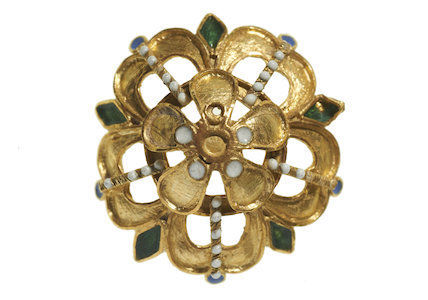
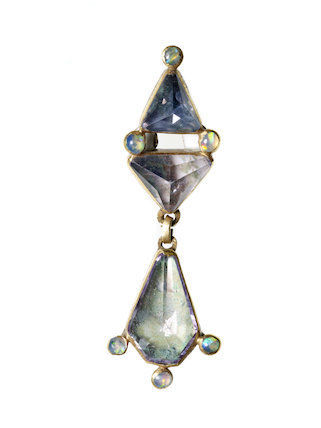
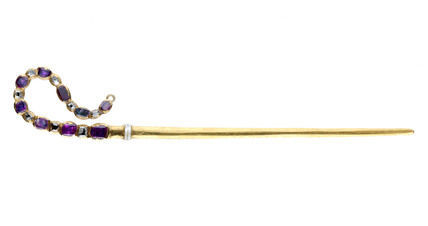

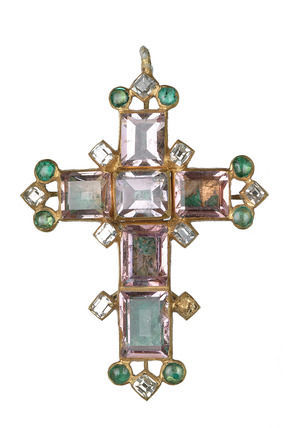
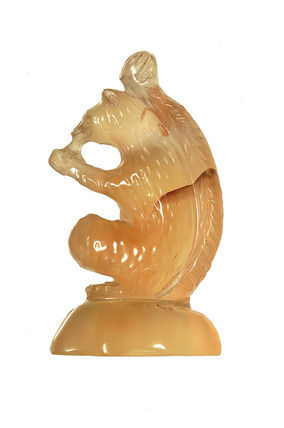
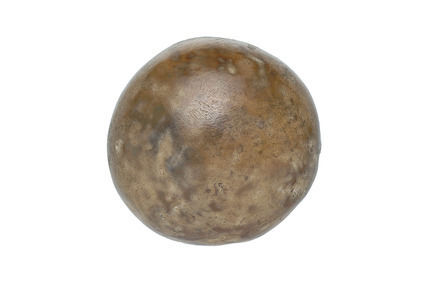
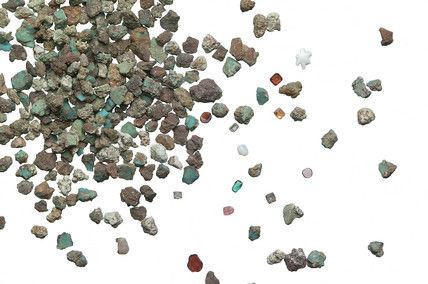
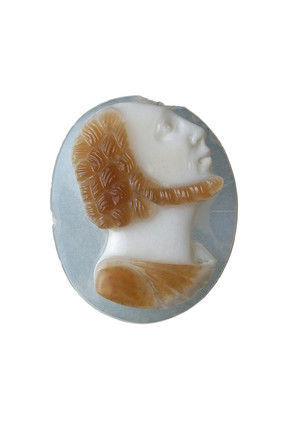
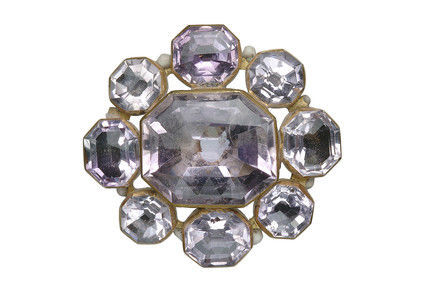
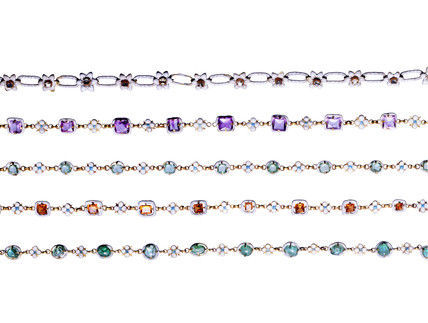
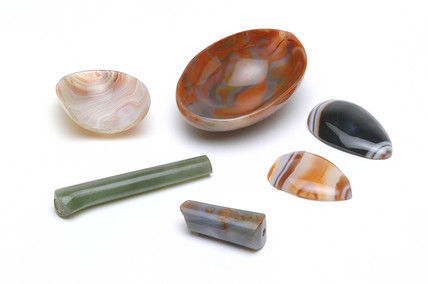

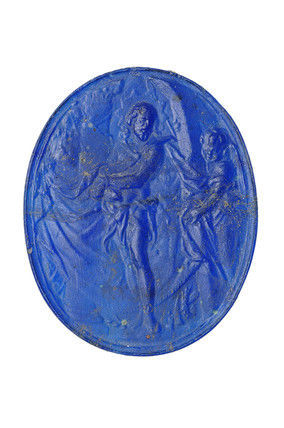
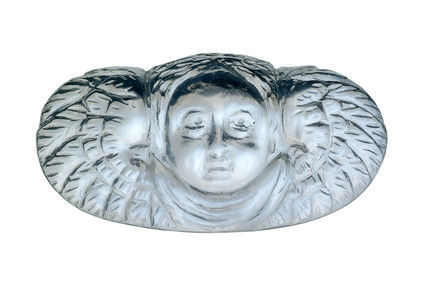
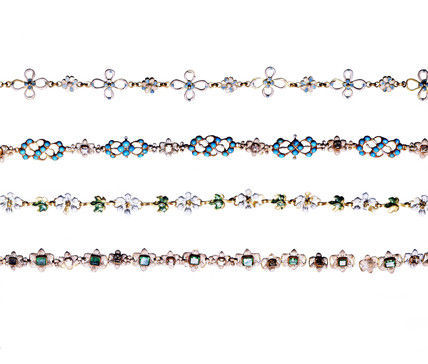
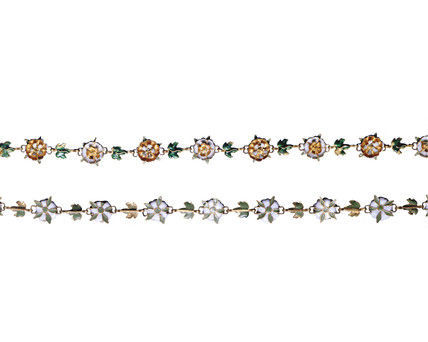
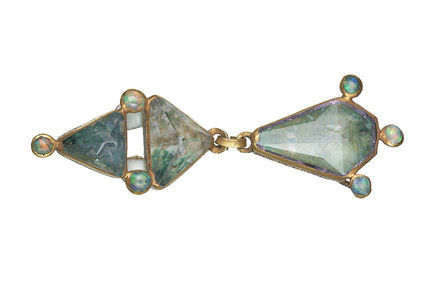

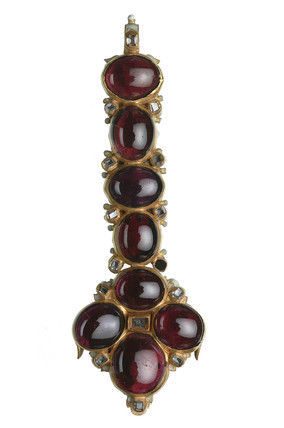
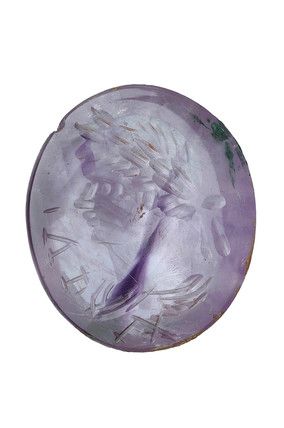
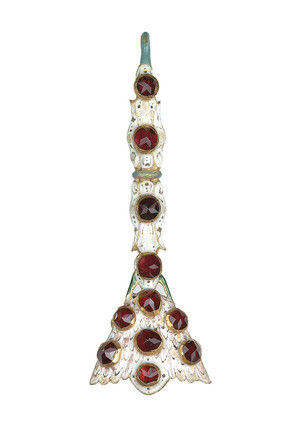
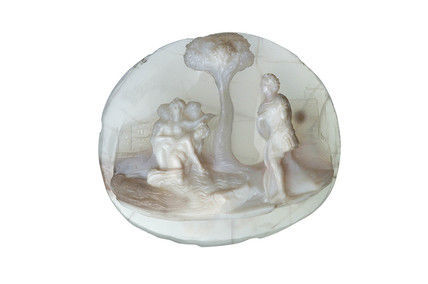


/image%2F1371349%2F20240429%2Fob_94d73d_artofthe-2.jpg)
/image%2F1371349%2F20240429%2Fob_a32180_438086347-1659660838137262-66806538687.jpg)
/image%2F1371349%2F20240429%2Fob_5853a1_440937185-1660184551418224-14760604465.jpg)
/image%2F1371349%2F20240428%2Fob_096a92_telechargement-10.jpg)